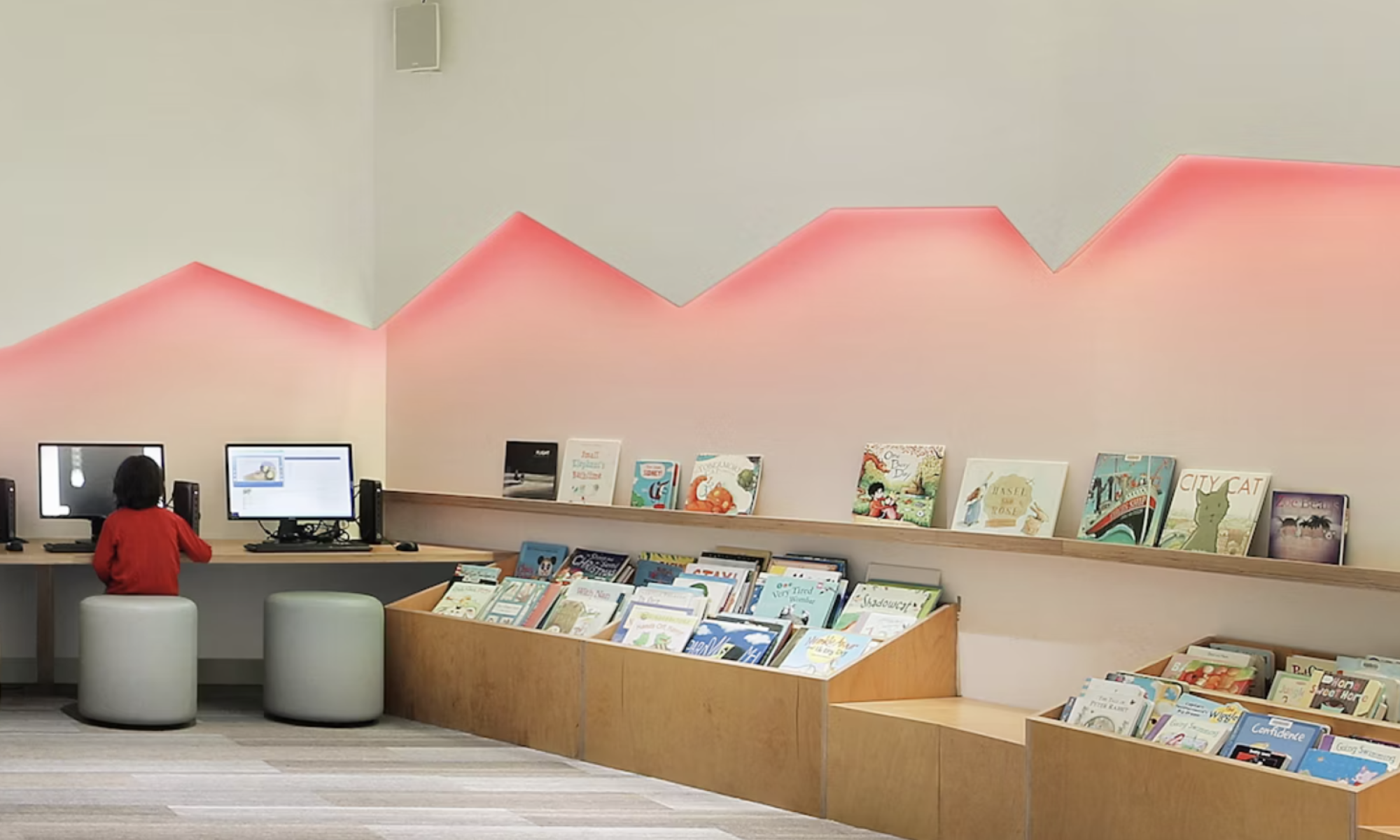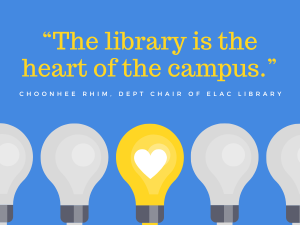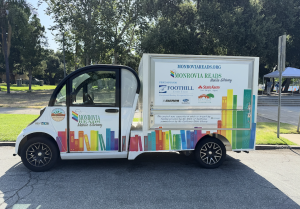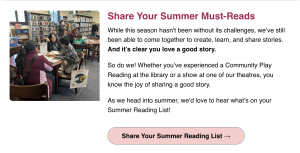✅ Emojis are the Real Deal ✅
I ❤️ emojis! I think of them as frivolous and fun 🤪 and certainly not for professional or academic correspondence (such as a blog for this MLIS class named “Seminar in Information Science” 😜). However, these fun little characters are popping up everywhere. On our class homepage, we can react with select emojis to Professor Stephens’ posts. Similarly, at work where we use Microsoft Outlook, we can react to emails with a few select emojis (Figure 1).

Zoom has really jumped on the emoji bandwagon, allowing the whole library of emojis in reactions to chat messages and animated emojis that float up the screen like they do on social media. Reactions with emoji add fun and collegiality to work communications, but they also increase efficiency because I do not have to write back to emails to confirm that I read them. I just give a thumbs up, so there are less emails floating back and forth and flooding our inboxes. When a disagreeable and cranky faculty member hearted one of my messages, I gave myself a high five! 🙌🏼❤️[Unicode has rejected the “high-five” hand sign proposal, probably because of redundancy in hand signs (OpenAI, 2025).]
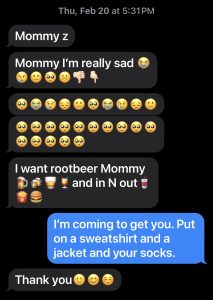
Professor Stephens (2025) mentions that emojis’ greatest benefit is that they can “communicate across language barriers and instantly share thoughts and ideas.” I see the truth in that statement when I text with my seven-year-old daughter, a budding reader and writer. Texting or typing is not a top form of communication for her yet. However, she loves her iPad and discovered the messaging app. Figure 2 is an example of how she communicates on text. Nobody taught her how to use the emojis – she just knew! 😍 👧🏻 🩷
I recently asked ChatGPT (OpenAI, 2025) to help me create a flyer to advertise a class I am to teach in the fall. I asked what is trending with college students right now and it said to use a simple layout with eye-catching graphics and emojis. They are subtle but students look twice when they see them. I ended up not using emojis 😱, but perhaps I should have because my class did not make minimum enrollment and got cancelled. 😭 The point of this story is that using emojis to communicate with college students is a great idea 💡. I would love to implement what Grand Valley State University did (Stephens, 2025) and use emojis as a way to measure student satisfaction with their library experience. 😡 😒 😯 😄 😍 If a program that uses emojis to share stories is launched at my college library, it would increase student engagement and perhaps even attract students who do not normally visit the library. A playful way for an online class to do the ‘Introductions’ discussion post is to respond to a questionnaire that must be answered with emojis only (as much as possible).
In Yan’s (2019) MLIS final paper, patterns of emoji use by individual Twitter users are analyzed. It is a 60-page paper with many statistical charts and there is not one emoji on it 😂, but the following excerpt from the abstract highlights the significance of emojis in communicating with others: “Our findings could give insights of how the ways people use emoji converge and diverge, show hidden connections between emojis, and help people better understand this novel language in the digital era” (Yan, 2019, p. 1). By the way, the face with tears of joy (😂) was the top emoji by total count.
I’ll conclude this blog with a few more fun facts. July 17 was World Emoji Day 2025–I wish I had posted this on that day! Nine brand new and distinct emojis are expected to be rolled out on devices in spring 2026: Bigfoot, Distorted Face, Fight Cloud, Ballet Dancer performing an arabesque, Apple Core, Orca, Trombone, and Treasure Chest (Open AI, 2025). 😊😎😍🙏🏼
References
OpenAI. (2025). ChatGPT (July 26 version) [Large language model]. https://chat.openai.com/chat
Stephens, M. T. (2025). The power of stories [Video lecture]. Panopto@SJSU.
Yan, H. (2018). Patterns of emoji use for individual Twitter users: An exploratory analysis. North Carolina Libraries, 76(1), 27.
